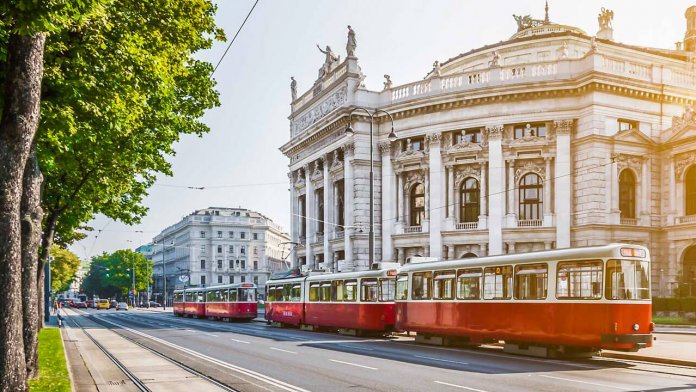Would you like to live in the most comfortable city in the world? Then don't look towards the United States, because the best cities are located in completely different countries. This follows from the annual report of The Economist Intelligence Unit (EIU), published in August 2018.
The Economist rated the largest and medium-sized cities on Earth on a scale from 0 (least liveable city) to 100 (most liveable city). The Global Liveability Economist uses 30 metrics to measure five categories of livability:
- stability (this includes data on crime rates, unrest and terrorist attacks);
- healthcare;
- culture and environment (from the weather to the level of service in local restaurants);
- education;
- infrastructure.
Here are the top ten winners the most comfortable cities to live in 2018... They have been selected from 140 applicants worldwide. The Global Comfort Index tells employers how large a lifting allowance they will need to pay for employees who move to another city.
10. Adelaide, Australia - 96.6 points
 This business, administrative, cultural and recreational center of South Australia is known as a major winemaking center. It is also famous for the annual independent International Arts Festival. In such categories as "Education" and "Healthcare" the city received one hundred points. Yes, and in other categories did not "hit the face in the mud", gaining 94 or more points.
This business, administrative, cultural and recreational center of South Australia is known as a major winemaking center. It is also famous for the annual independent International Arts Festival. In such categories as "Education" and "Healthcare" the city received one hundred points. Yes, and in other categories did not "hit the face in the mud", gaining 94 or more points.
9. Copenhagen, Denmark - 96.8 points
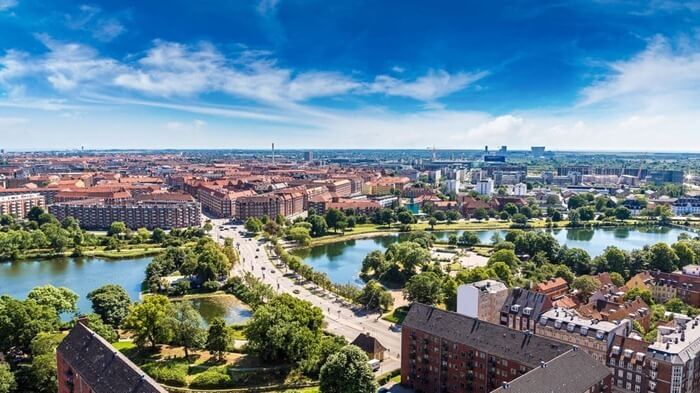 The capital of Denmark is not crowded compared to the largest cities in Russia. It is home to about 600 thousand people and about 1.3 million people live in the suburbs. However, this city is very easy to fall in love with due to its calm, friendly locals, well-groomed, huge number of attractions and well-developed infrastructure. Copenhagen has an excellent public transport system, but the easiest and most environmentally friendly way to travel around the city is on bicycles, which is what many locals do.
The capital of Denmark is not crowded compared to the largest cities in Russia. It is home to about 600 thousand people and about 1.3 million people live in the suburbs. However, this city is very easy to fall in love with due to its calm, friendly locals, well-groomed, huge number of attractions and well-developed infrastructure. Copenhagen has an excellent public transport system, but the easiest and most environmentally friendly way to travel around the city is on bicycles, which is what many locals do.
8. Tokyo, Japan - 97.2 points
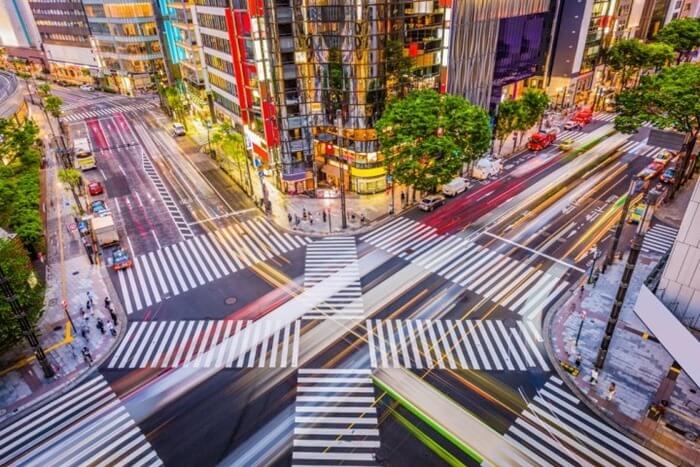 The capital of Japan is held in the top 10 of the best cities mainly by reducing crime and improving public transportation, according to the EIU report.
The capital of Japan is held in the top 10 of the best cities mainly by reducing crime and improving public transportation, according to the EIU report.
The delights of Tokyo for travelers are obvious: it is a huge, clean and incredibly safe city with a well-developed public transportation system. Add to this the sheer number of shops, entertainment, restaurants, high-tech industries and financial centers and you can see why one of largest cities in the world popular with tourists and businessmen.
7. Toronto, Canada - 97.2 points
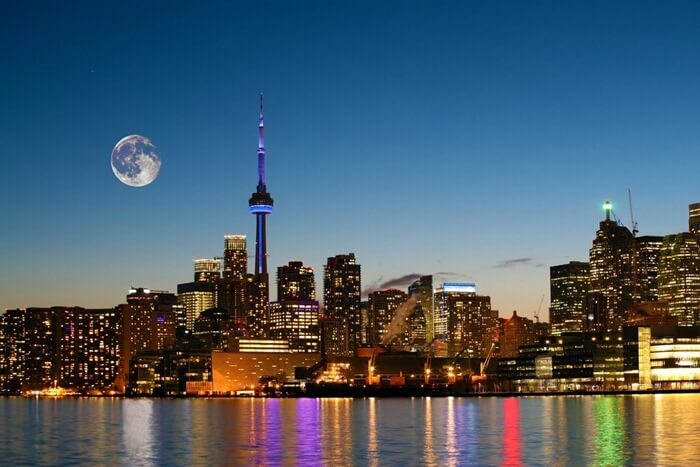 While the top three Canadian cities perform differently across all categories, they have at least one thing in common - multiculturalism.Calgary, Vancouver, and Toronto attract many international students, professionals and new permanent residents, many of whom have acquired Canadian citizenship. Roughly half of Toronto's population was born overseas, about 30 percent of Calgary residents and over 40 percent of Vancouverians were born outside Canada.
While the top three Canadian cities perform differently across all categories, they have at least one thing in common - multiculturalism.Calgary, Vancouver, and Toronto attract many international students, professionals and new permanent residents, many of whom have acquired Canadian citizenship. Roughly half of Toronto's population was born overseas, about 30 percent of Calgary residents and over 40 percent of Vancouverians were born outside Canada.
6. Vancouver, Canada, 97.3 points
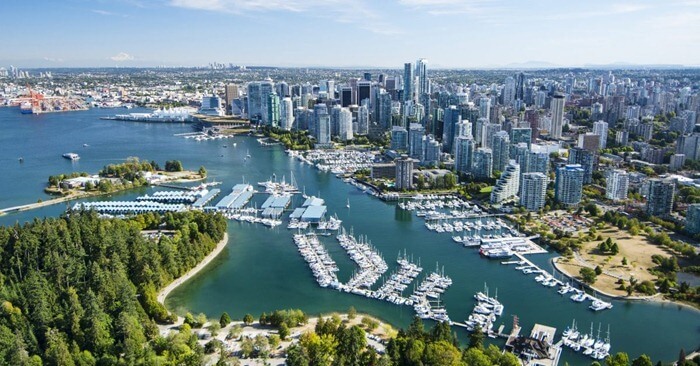 Another Canadian city scored 95 points in the Stability category and 92.9 points in the Infrastructure category, with 100% in the rest of the categories.
Another Canadian city scored 95 points in the Stability category and 92.9 points in the Infrastructure category, with 100% in the rest of the categories.
With a relatively low crime rate, stable economy, and successful education and health care systems, Vancouver, like its Canadian counterparts in the top 10, competes successfully with larger foreign cities.
5. Sydney, Australia - 97.4 points
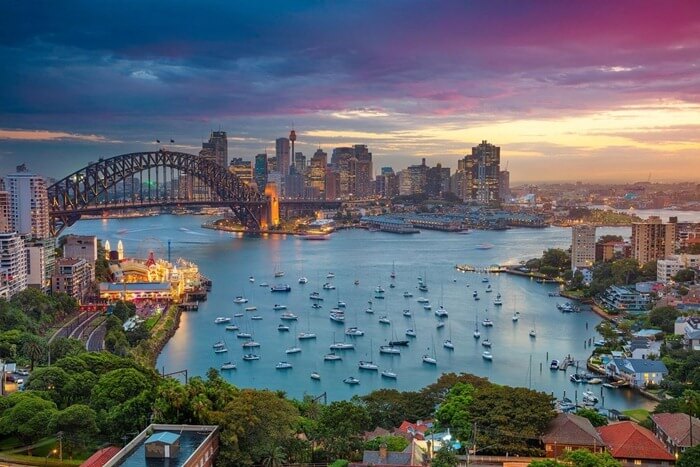 When it comes to assessing the convenience of living in a particular city, Sydney is always at the top of the list. It has a reputation for being a beautiful city, with fun (and often free) festivals, comfortable beaches and excellent transport infrastructure.
When it comes to assessing the convenience of living in a particular city, Sydney is always at the top of the list. It has a reputation for being a beautiful city, with fun (and often free) festivals, comfortable beaches and excellent transport infrastructure.
4. Calgary, Canada - 97.5 points
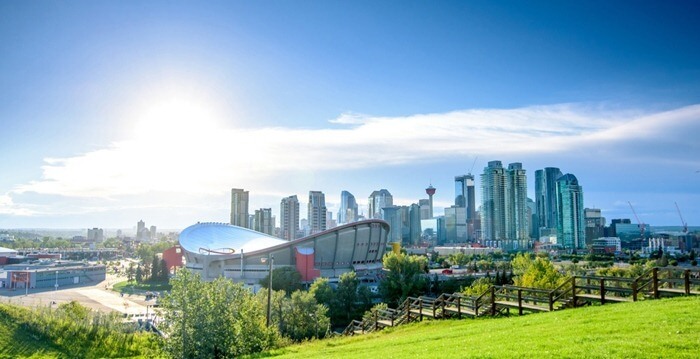 This city of unusual skyscrapers, a changeable climate and high-tech manufacturing received excellent marks in most categories. The exception was the "culture and environment" category, where Calgary has only 90 points out of a hundred.
This city of unusual skyscrapers, a changeable climate and high-tech manufacturing received excellent marks in most categories. The exception was the "culture and environment" category, where Calgary has only 90 points out of a hundred.
3. Osaka, Japan - 97.7 points
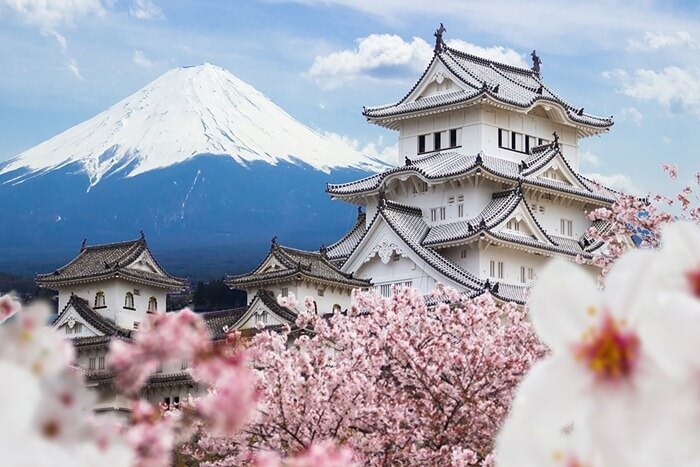 Over the past six months, the Japanese metropolis has climbed six positions at once, reaching third place and reducing the gap with Melbourne to a minimum. The improvements in Osaka are associated with improved quality and accessibility of public transport, as well as a consistent decline in crime rates. These positive developments resulted in higher infrastructure and stability ratings.
Over the past six months, the Japanese metropolis has climbed six positions at once, reaching third place and reducing the gap with Melbourne to a minimum. The improvements in Osaka are associated with improved quality and accessibility of public transport, as well as a consistent decline in crime rates. These positive developments resulted in higher infrastructure and stability ratings.
2. Melbourne, Australia - 98.4 points
 The former leader of the top 10 best cities to live in this year takes an honorable second place. This was facilitated by a slightly higher (than number one) crime rate.
The former leader of the top 10 best cities to live in this year takes an honorable second place. This was facilitated by a slightly higher (than number one) crime rate.
Melbourne reaffirmed its leadership in culture and the environment, but this did not help outweigh the improvement in Vienna's stability rating. Melbourne Lord Mayor Sally Kapp congratulated Vienna and said that although Melbourne lost its leading position, it still achieved the best result in eight years. Last year, the city scored 97.5 points.
1. Vienna, Austria - 99.1 points
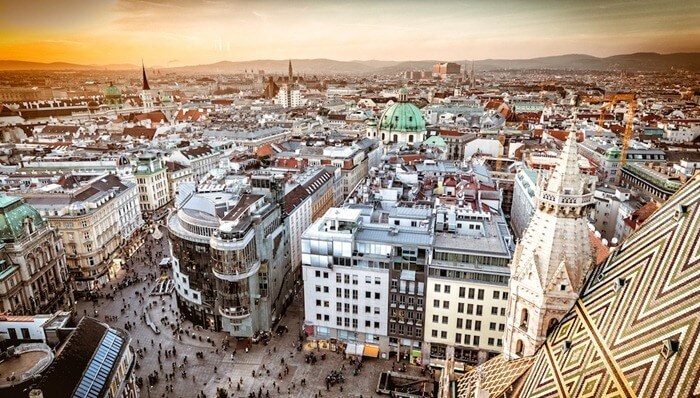 Melbourne topped the list of the most comfortable cities in the world for seven years in a row, but the low risk of terrorist attacks in Western Europe, as well as a small number of crimes committed in the Austrian capital, helped Vienna to take the first place. This is the first time in the history of the EIU ranking that a European city has received the title of “most comfortable to live in”.
Melbourne topped the list of the most comfortable cities in the world for seven years in a row, but the low risk of terrorist attacks in Western Europe, as well as a small number of crimes committed in the Austrian capital, helped Vienna to take the first place. This is the first time in the history of the EIU ranking that a European city has received the title of “most comfortable to live in”.
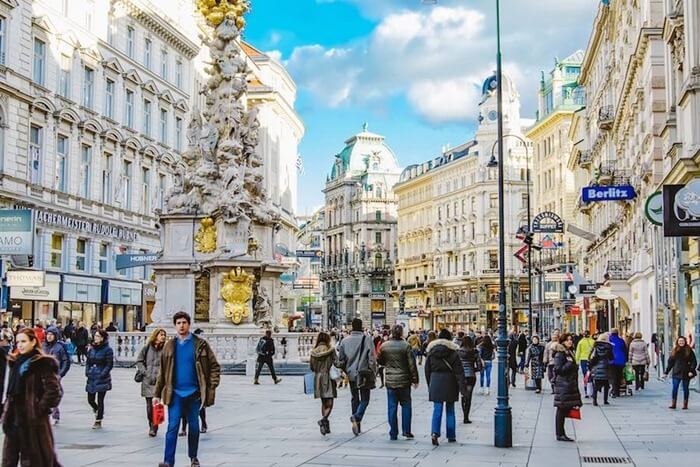
“This year, both cities have seen an improvement in their scores. But Vienna improved slightly more than Melbourne, so she just slipped up to become number one. ", — Simon Baptist of the Economist Intelligence Unit told ABC Radio Melbourne.
Summing up: where are the largest megacities and Russia?
All cities in the top 10 are in wealthy states with relatively low population densities. Therefore, local residents can enjoy active recreational activities that do not lead to high crime rates and do not place a heavy burden on infrastructure. Although the capital of Austria and the cities of Japan cannot be called sparsely populated, the population of Vienna and Osaka is smaller than in other metropolitan areas.
Recognized business centers with a multimillion population have fallen victim to their own crowding. New York, London, Paris and other major cities in the world are experiencing infrastructure overload and high crime rates. And this does not contribute to the comfort for respectable townspeople.
But most of the cities whose positions have collapsed (these are Kiev, Tripoli and Damascus) suffer from a high level of instability and conflict. This, in turn, leads to destruction of infrastructure, increased stress on hospitals and undermines the availability of goods, services and entertainment.
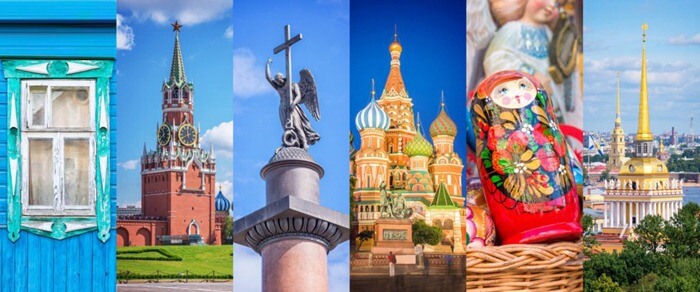 Russian megacities Moscow and St. Petersburg are at 68 and 70 positions respectively.
Russian megacities Moscow and St. Petersburg are at 68 and 70 positions respectively.
The worst city to live in is now Syrian Damascus.

